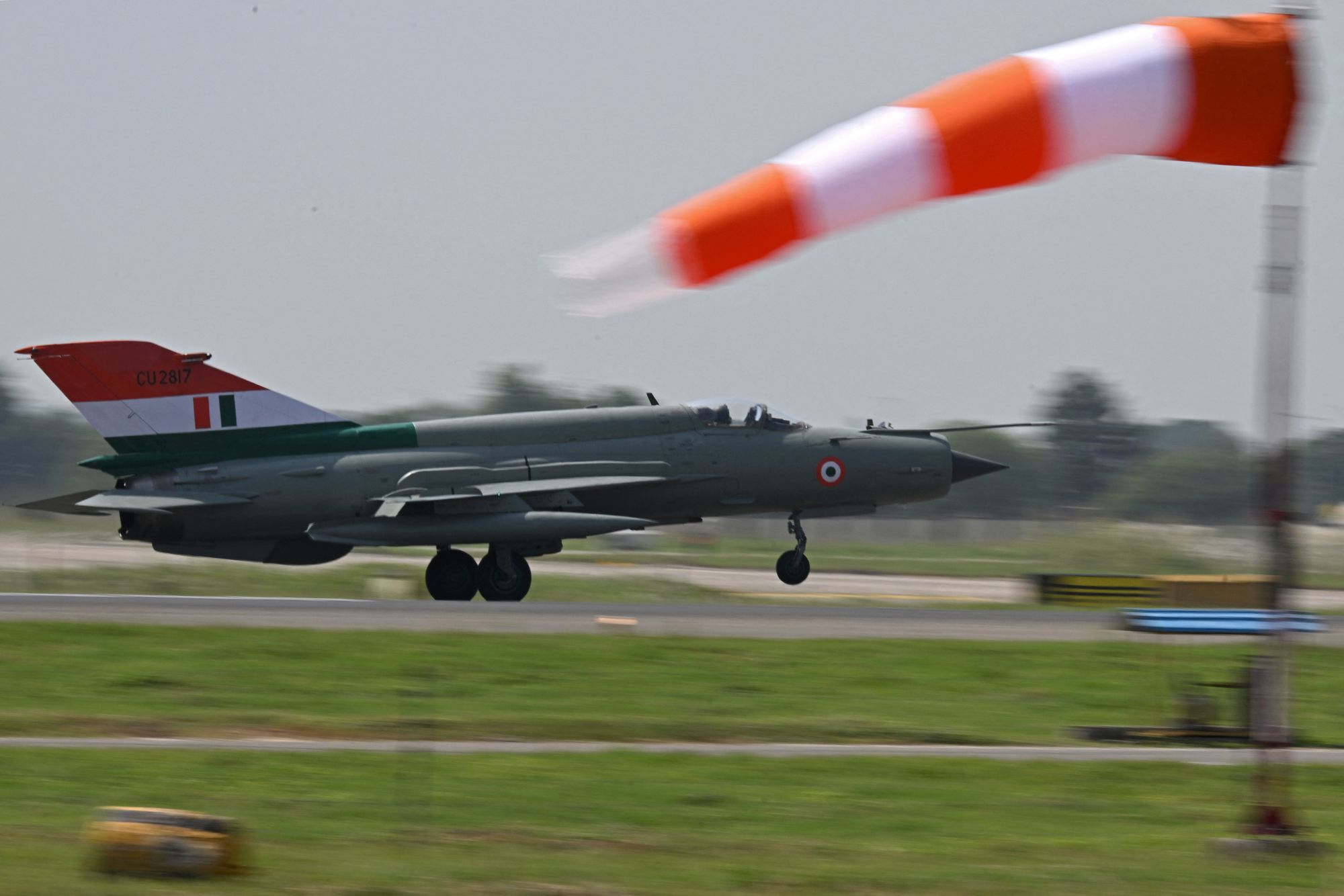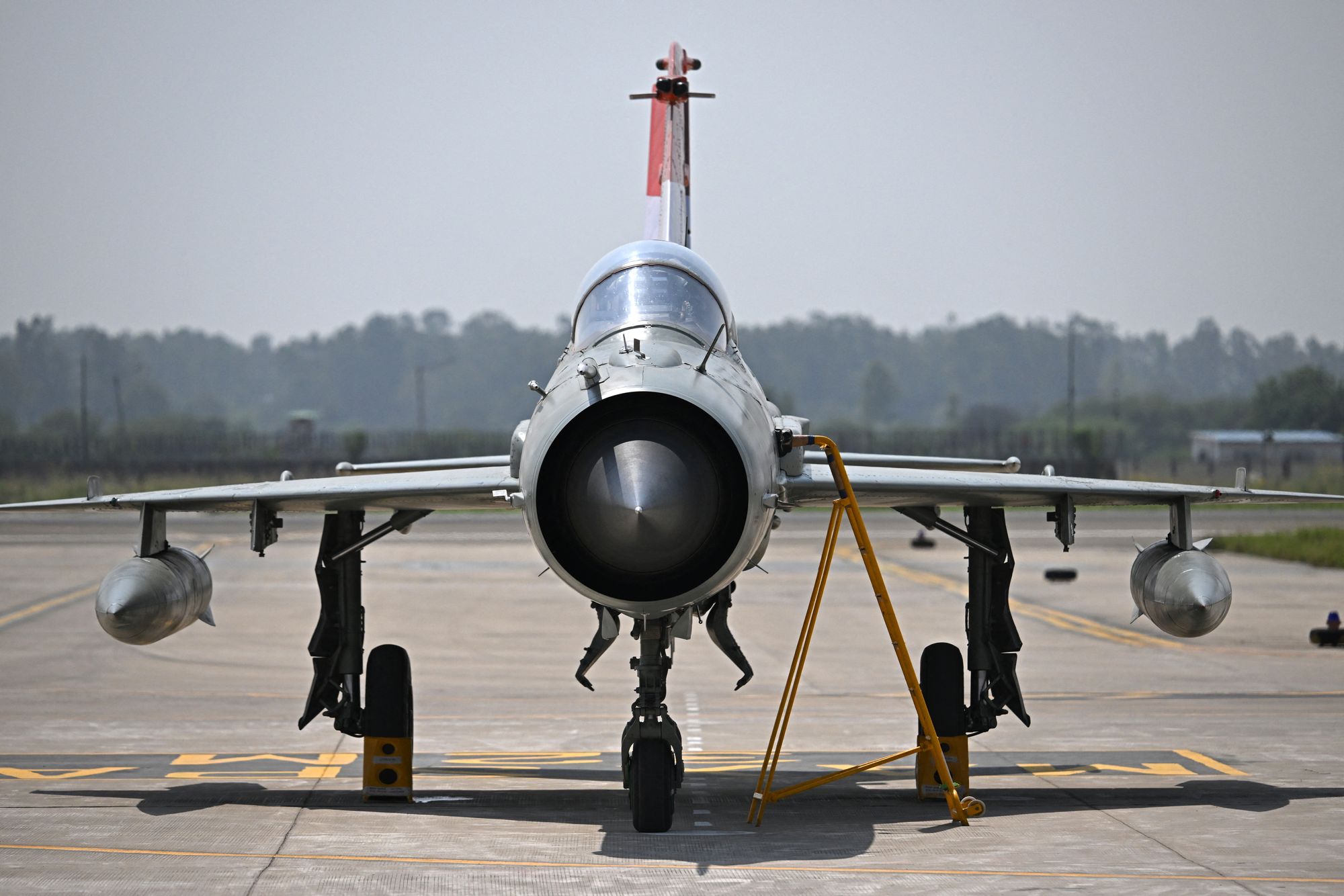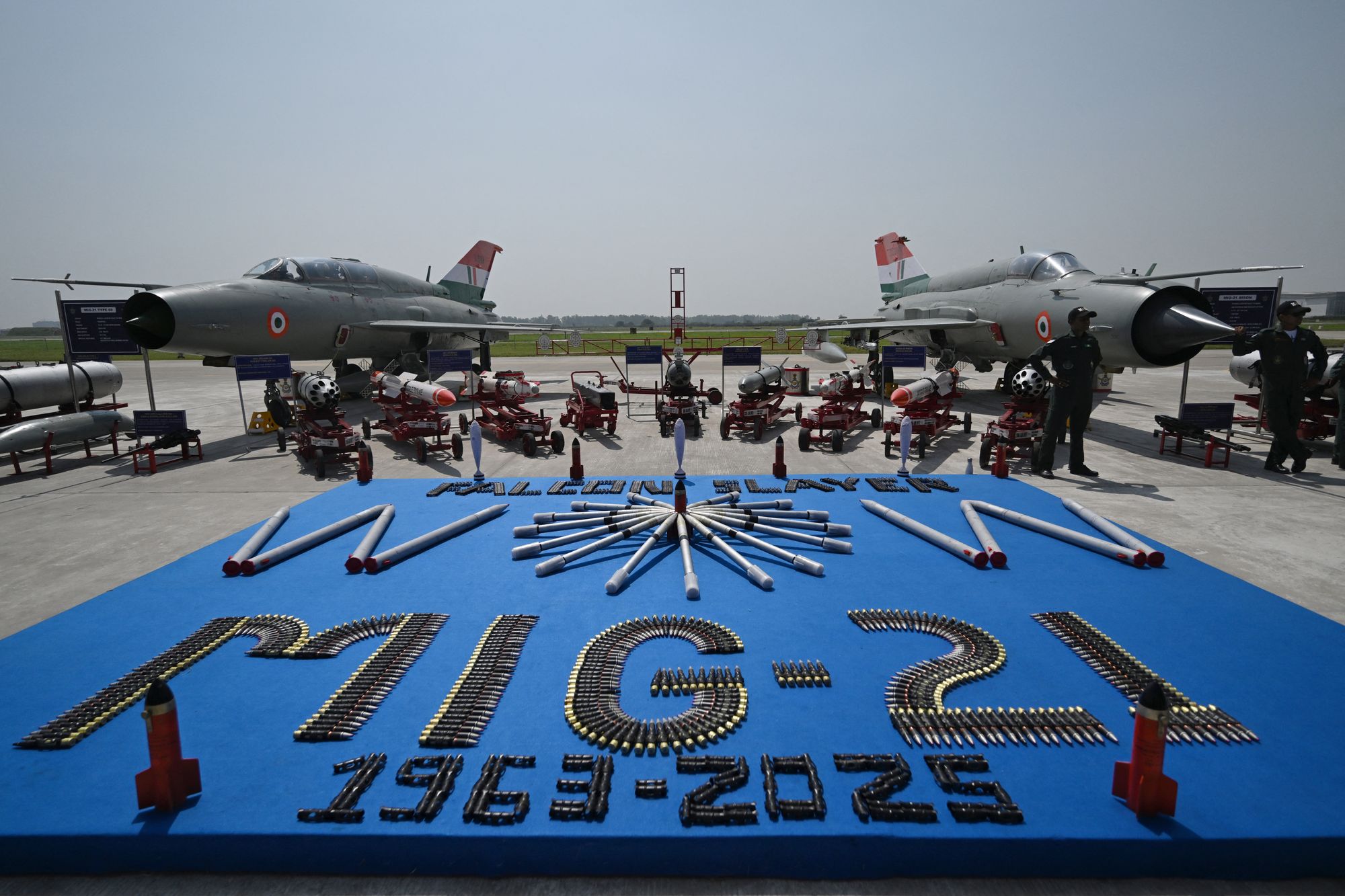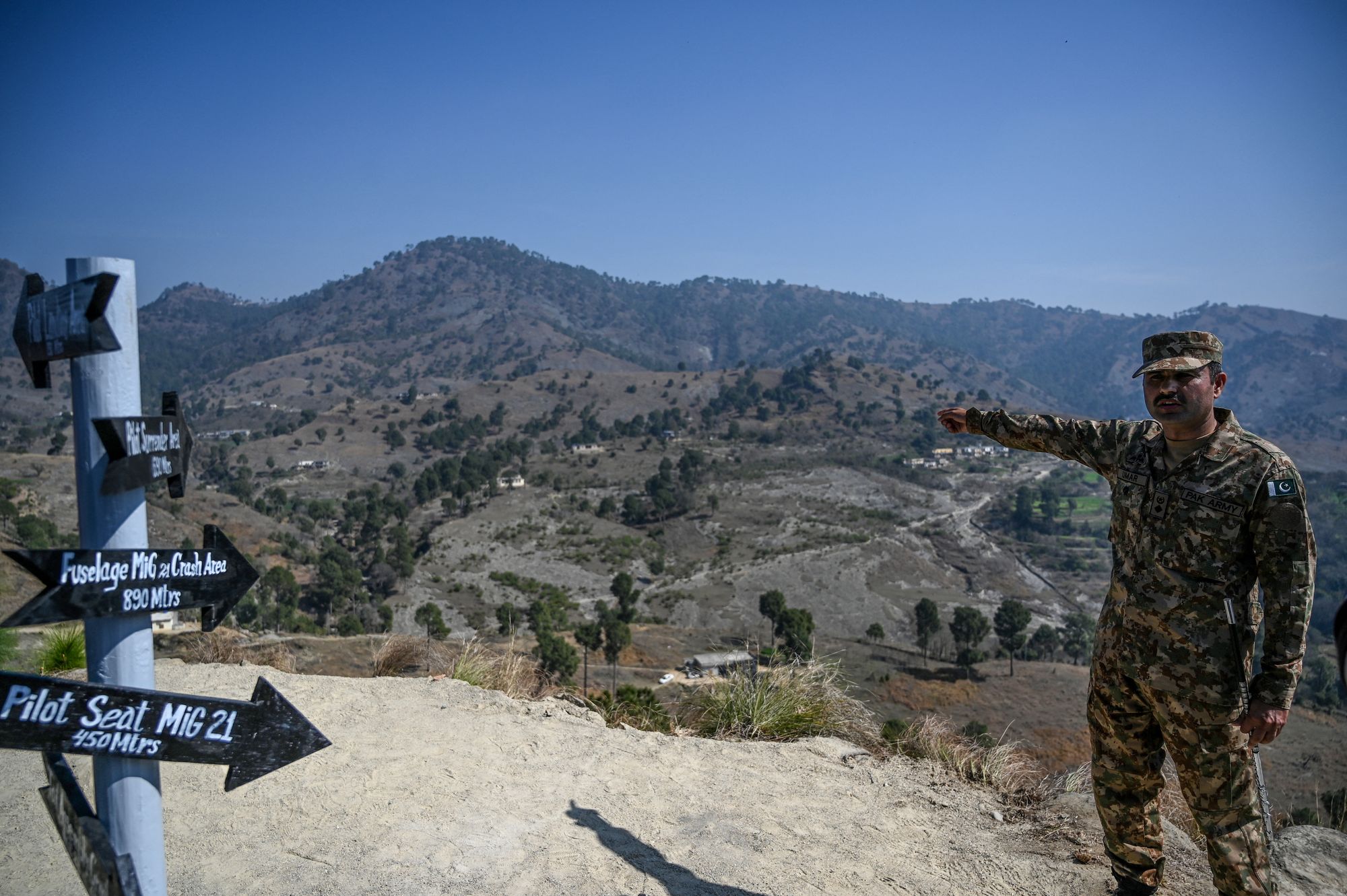The Indian Air Force is officially retiring its fleet of iconic MiG-21 fighter jets on Friday, bidding goodbye to the mainstay of its many military engagements over the decades.
The farewell ceremony for the Russian warplane is being held in the northern city of Chandigarh.
Defence minister Rajnath Singh and air force chief AP Singh are attending the event along with veteran pilots and crew members associated with the fleet over the years, getting together to see the jet take to the skies one last time.
“It is like a supercar basically, really fast in every aspect. Speed is life in MiG-21,” said aerospace and aviation expert Angad Singh. “You keep it fast. It lands fast, it takes off fast. For anyone watching the flypast, it will be faster than most flypasts they have seen because of that reason.”
Flying a MiG-21, he told The Independent, was “a rite of passage” for every Indian Air Force pilot.
“It sharpens pilot skills because you’ve to be fast to keep up with the aircraft,” he said.

The needle-nosed “flying machine” served the Indian Air Force for 62 years, even long after it was surpassed by first-generation supersonic warplanes in the 21st century.
“This ‘flying machine’ earned the title of a warhorse, serving generations of pilots who carried forward its proud legacy,” the defence ministry said in a tribute video. “As the MiG-21 takes its final bow after 62 years of service, we salute not just an aircraft but an era of bravery and resilience.”

The MiG-21 was the perfect fighter plane when India acquired it in 1963, boasting a maximum speed of Mach 2.05 and an altitude ceiling of 19km.
It went on to become the backbone of the country’s air force, serving from the 1965 war with China to the aerial attack on Pakistan in 2019. And over the decades, India inducted over 800 variants of the aircraft to perform various aerial roles.

The MiG-21 timeline
1963: India acquires the jet for its air force, becoming the first country outside of the Soviet Union to fly it.
1965: Though used in limited numbers and roles, the jet goes into warfighting mode during the conflict with China and introduces India’s air force to supersonic combat.
1971: The Indian Air Force deploys the MiG-21 in large numbers during the war with Pakistan, raking up air-to-air kills and conducting critical bombing runs, earning it the nickname “runway buster”. The jets bomb the Governor’s House in Dhaka, hastening the surrender of the Pakistani army and the independence of Bangladesh.
1999: The MiG-21 is deployed for air patrols and ground support through the Kargil War with Pakistan.
2000: The Air Force asks to acquire a new medium multi-role combat aircraft to replace the ageing Soviet warplane after a number of pilots are killed in MiG-21 crashes over the previous decade.
May 2002: The Air Force suspends training on the MiG-21 after a Bison variant crashes in Jalandhar, killing eight people on the ground.
February 2019: Multiple MiG-21s are deployed for strikes on Pakistan. A MiG-21 Bison is shot down by Pakistani forces and its pilot, Wing Commander Abhinandan Varthaman, captured.

Today, after more than six decades of service, the MiG-21 is considered outdated when compared to modern fifth-generation jets. The wars India may need to fight in the future will be unlike any in the past and the Soviet jet is unfit for purpose, aviation experts say.
This was already clear in the latter decades of the warplane’s service life. Given its age and increasingly obsolete technology, it was becoming harder to fly, leading to so many crashes and pilot losses that it was dubbed the “flying coffin”.

“As far as aerial capabilities are concerned, if we say that yes, Pakistan is the main adversary of India, then we are certainly now looking at fifth-generation aircraft because they are trying to get the J35 from the Chinese,” said Pravin Sawhney, a defence analyst and former Indian army officer said.
“Today we have fourth generation, fifth generation, and now the Chinese PLA forces have got a prototype for the 6th generation aircraft. The warfare is different and the MiG-21 is too old now.”
Mr Sawhney noted that modern warplanes had advanced cyber and electronic warfare capabilities, which would be critical for fighting in the future.

Mr Singh said the MiG-21 was unlikely to be missed much. “I’m sure people will have a soft spot for it but no professional air force will miss an old aircraft, nor should it. As far as the air force is concerned, India’s airpower benefits from new aircraft, not old ones,” he said.
“As far as pilots are concerned, of course there’s a nostalgic attraction to MiG-21. There are some things that she does really well and pilots will miss because of the simplicity and the ruggedness of the machine. No aircraft in the IAF starts up faster than a MiG-21. Just jump in, press a few buttons, start the engine, get airborne.”




